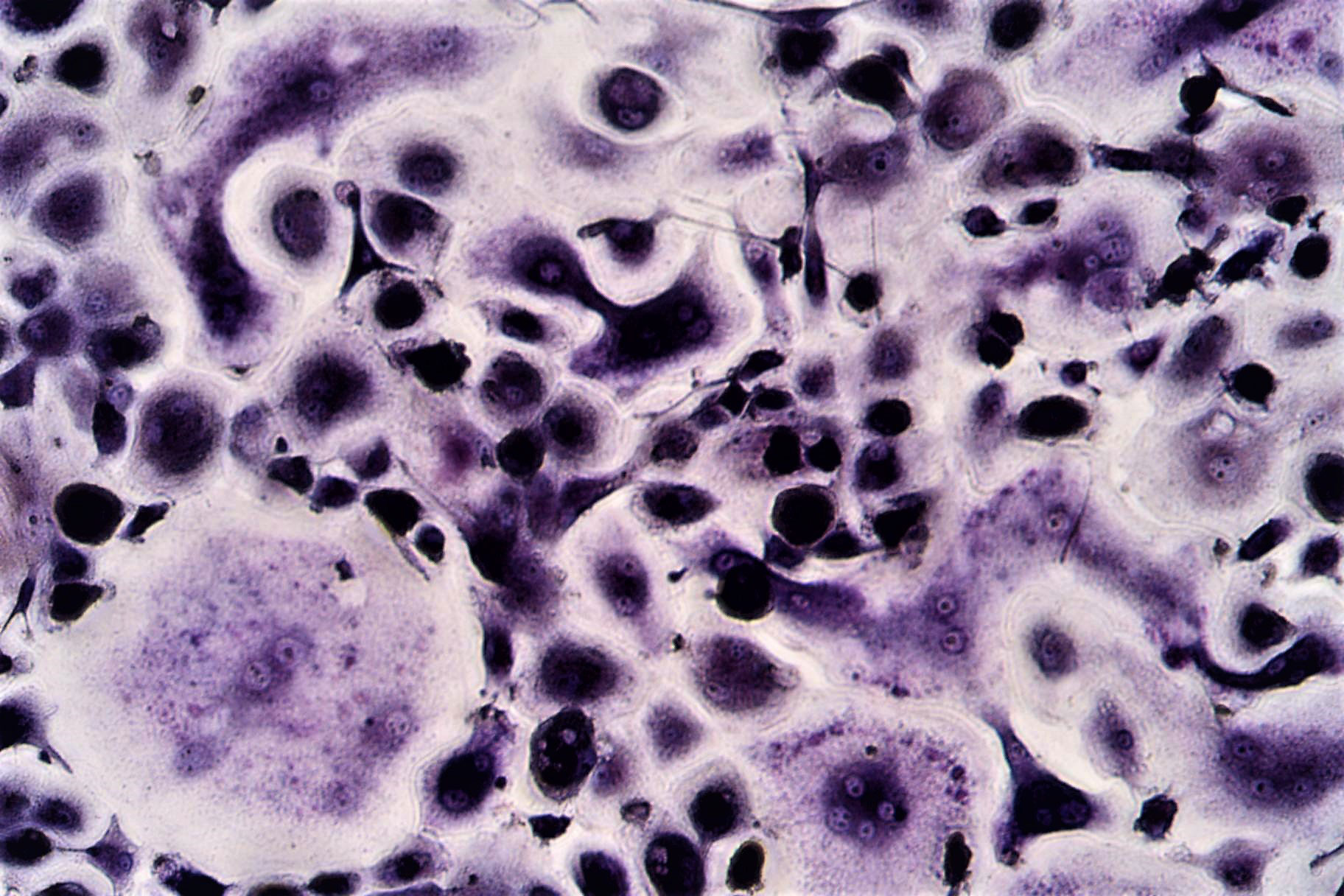Session Information
Date: Monday, November 14, 2022
Title: Abstracts: Systemic Sclerosis and Related Disorders – Clinical II: Clinical Phenotypes
Session Type: Abstract Session
Session Time: 9:00AM-10:30AM
Background/Purpose: Calcinosis cutis is a debilitating complication of systemic sclerosis (SSc) with no effective treatments. Although the pathogenesis of SSc-related calcinosis remains unknown, there is growing evidence of a link between calcinosis and vascular hypoxia. Osteoclasts are large multinucleated giant cells that participate in bone remodeling and can be induced by hypoxia, as shown in patients with SSc and acro-osteolysis. Hypoxia can also induce vascular endothelial growth factor (VEGF), a potent angiogenic factor that can promote osteoclastogenesis. We assessed whether the presence of radiographically confirmed calcinosis of the hands in patients with SSc is associated with increased osteoclastogenesis and VEGF blood levels.
Methods: We recruited 21 patients with SSc (11 with calcinosis and 10 without calcinosis) and 10 age- and gender-matched healthy controls. We collected clinical information and blood from all patients. Hand radiographs were performed in all SSc patients and scored using the validated Scleroderma Clinical Trials Consortium (SCTC) radiographic severity score for calcinosis. Osteoclasts were identified using tartrate-resistant acid phosphatase stain in cultures of peripheral blood mononuclear cells (PBMC) with RANKL, and M-CSF, and counted under light microscopy. Levels of vascular endothelial growth factor (VEGF) were quantified in plasma by enzyme-linked immunosorbent assay (ELISA).
Results: SSc patients were all women and Hispanic, and the majority (12, 57.1%) had limited SSc skin type. Mean age was 55.2±14.5 years, mean disease duration was 13.35±6.9 years from Raynaud phenomenon (RP) onset and 9.6±6.88 from first non-RP symptom, modified Rodnan Skin Score was 9.6±6.6. Patients with and without calcinosis were similar with regards to demographic and clinical characteristics, including smoking history, osteoporosis, autoantibody status, internal organ involvement, use of medications, calcium, and phosphate serum levels. Mean SCTC score in SSc patients with calcinosis was 48.9±85.8.98 (range 1-294.5). After 9 days in culture, PBMCs from patients with calcinosis originated a significantly higher number of osteoclasts (41.1±34.9 cells/well) than patients without calcinosis (15.3±6.9 cells/well) and healthy individuals (12.3±2 cells/well) (p=0.013). VEGF plasma levels were not statistically significantly different between the groups. The severity of calcinosis was strongly correlated with the number of osteoclasts per well (r=0.83, p=0.058).
Conclusion: Calcinosis in patients with SSc is associated with an increased propensity of peripheral blood cells to form osteoclasts. Calcinosis severity correlates with increased osteoclastogenesis. Calcinosis was not associated with higher levels of blood VEGF. Targeted inhibition of osteoclastogenesis may provide a specific therapeutic option for SSc-associated calcinosis.
TRAP- positive cells with 3 or more nuclei visible under light microscopy were count as osteoclasts.
To cite this abstract in AMA style:
Valenzuela A, Perez G, Iturriaga C, Montalva R. Osteoclastogenesis and Vascular Endothelial Growth Factor Blood Levels in Patients with Systemic Sclerosis with and Without Calcinosis Cutis [abstract]. Arthritis Rheumatol. 2022; 74 (suppl 9). https://acrabstracts.org/abstract/osteoclastogenesis-and-vascular-endothelial-growth-factor-blood-levels-in-patients-with-systemic-sclerosis-with-and-without-calcinosis-cutis/. Accessed .« Back to ACR Convergence 2022
ACR Meeting Abstracts - https://acrabstracts.org/abstract/osteoclastogenesis-and-vascular-endothelial-growth-factor-blood-levels-in-patients-with-systemic-sclerosis-with-and-without-calcinosis-cutis/

